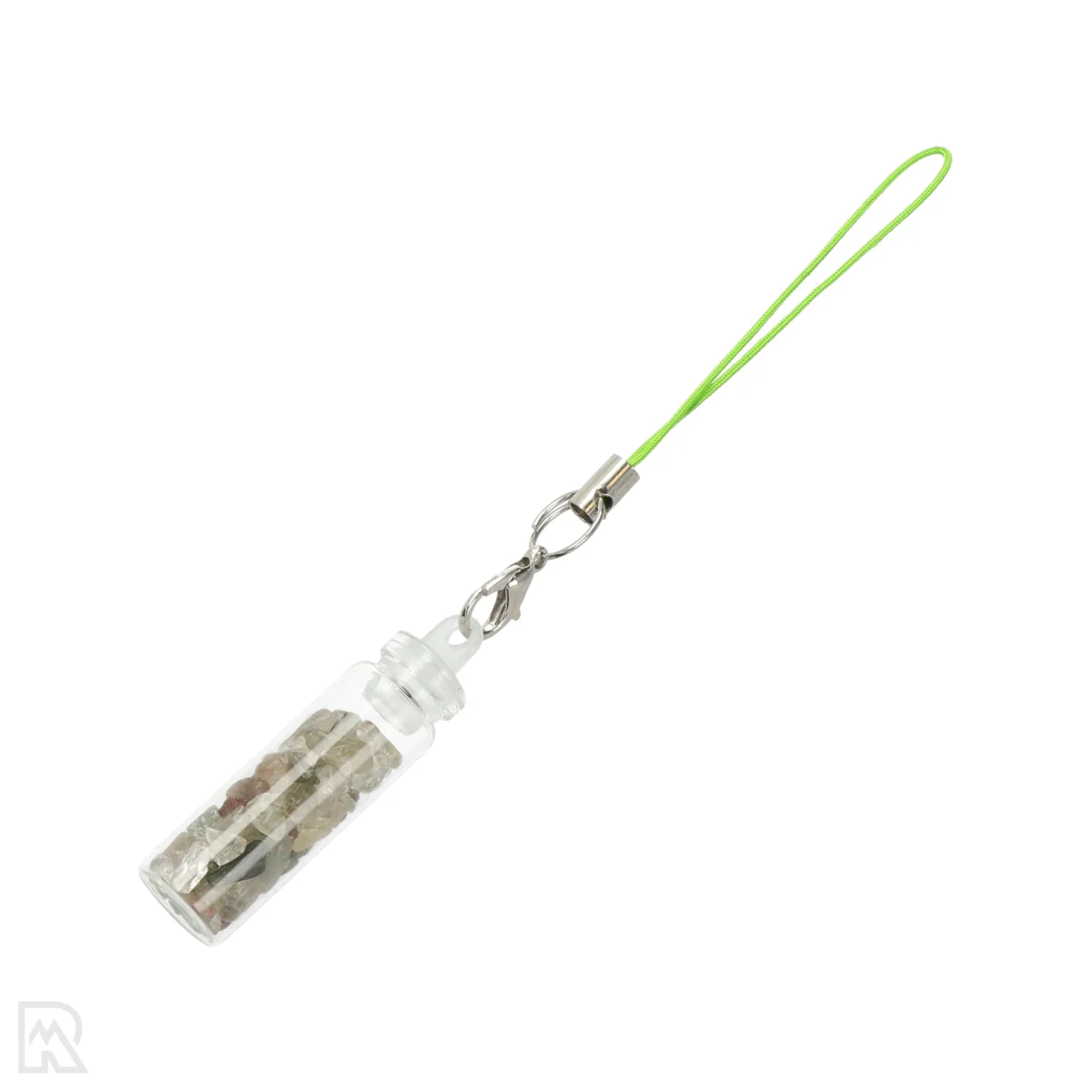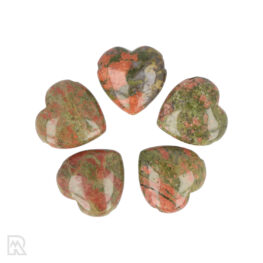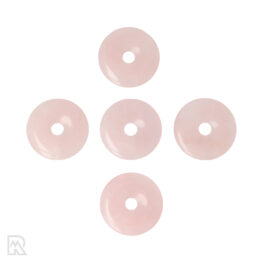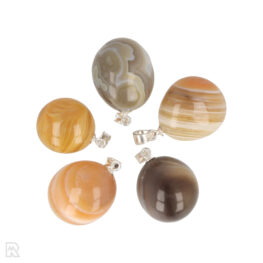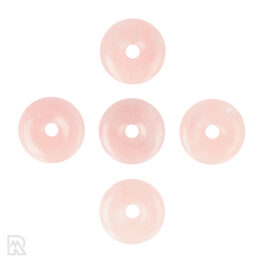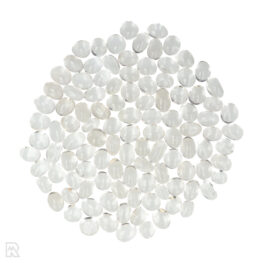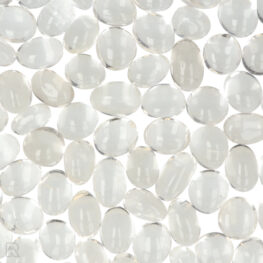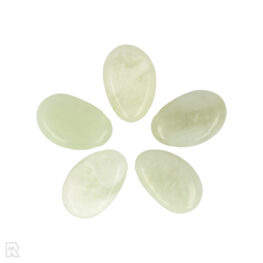| Gewicht | 0,05 kg (50 gr) |
|---|---|
| Dimensions | 1,1 × 1,1 × 3,5 cm |
| Sales Unit | |
| Type | |
| Form | |
| Origin | |
| SKU | 4991 |
Chlorite quartz Lucky bottle
Chlorite quartz Lucky bottle from China
Quartz
Quartz is one of the most common and versatile minerals on earth. It occurs in a wide range of shapes and colours, from clear rock crystal to rose quartz, smoky quartz and amethyst. Quartz consists of silica and forms in both igneous, metamorphic and sedimentary rocks.
Major deposits include Brazil, Madagascar, India, Switzerland and the United States. Its chemical formula is SiO₂, and the mineral has a hardness of 7 on the Mohs scale.
Well-known varieties include rock crystal (colourless), amethyst (purple), rose quartz (pink), smoky quartz (grey to brown) and citrine (yellow to orange).
Sources:
Mindat.org, Gemdat.org, Wikipedia - Quartz
Selenite
Selenite is a clear to translucent variety of the mineral gypsum (CaSO₄-2H₂O). It is known for its glassy to pearly luster and often fibrous structure. A common form is selenite, which has a silky luster and occurs in long, fibrous crystals. Despite its name, selenite has nothing to do with the element selenium; the name is derived from the Greek word for moon, because of its soft luster.
Selenite forms in sedimentary environments during the evaporation of seawater and is found in countries such as Mexico, Morocco, the US and Australia. It is a soft mineral with a hardness of 2 on the Mohs scale, making it easy to work by hand. Almost all selenite sold on the Dutch market is satin spar; however, selenite is a market-accepted sales name.
Sources:
Mindat.org, Gemdat.org, Wikipedia - Selenite
